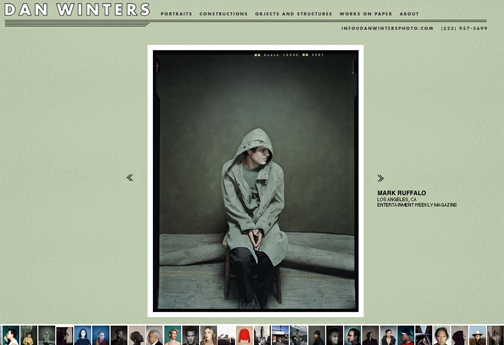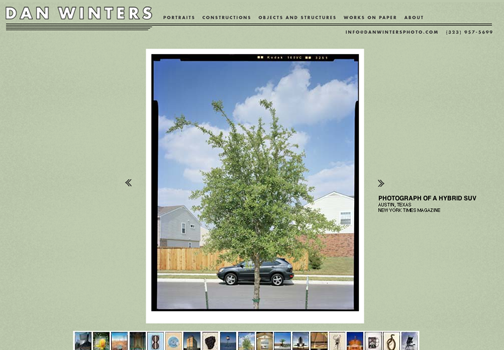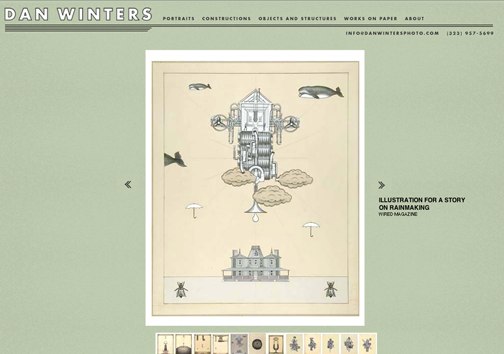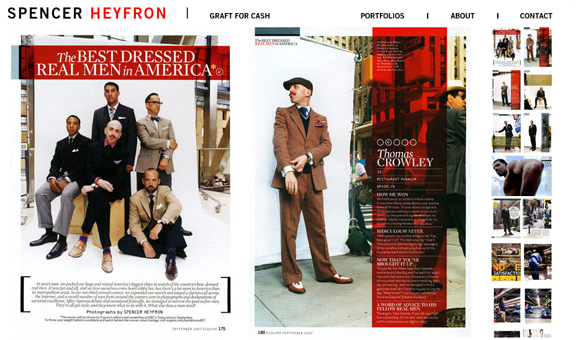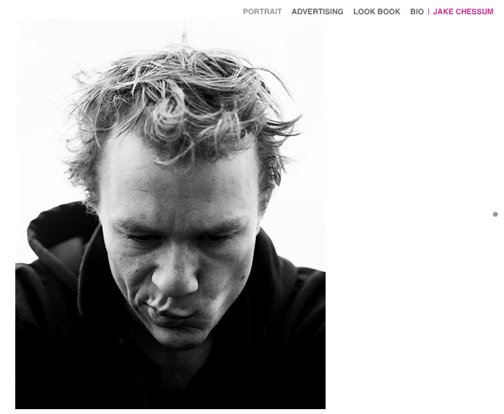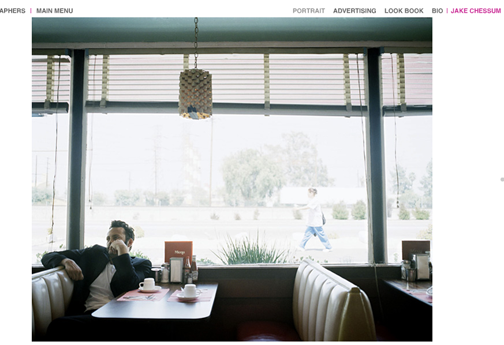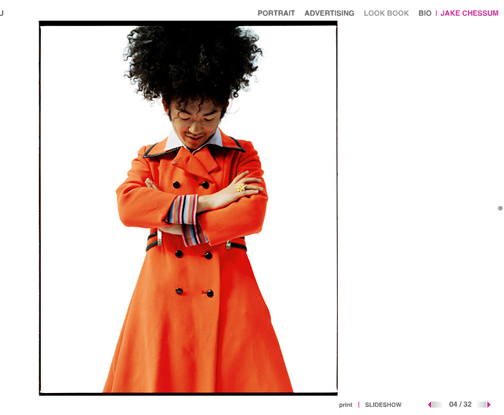John McDermott just sent me a link (here) to his interview with the very talented DOP at Time, MaryAnne Golon. Very informative. Thanks John.
Here’s a couple great quotes:
What makes a good picture editor?
That’s a difficult question. I suppose, being a jack-of-all-trades, but above all knowing what is a good picture and what is a bad picture and why. You’d be surprised at how few photo editors working in the business today can actually make that distinction.
You need to be incredibly organised and you have to be able to juggle many different things at once. You have to be a friend, a psychiatrist, a fix-it person and a sales person. You have to know sales because you have to sell to everyone all the time. You have to sell editors on stories and pictures, and you have to sell photographers and agencies on assignments. When I’m told that editorial people have no idea about sales I just laugh out loud because selling ideas and garnering support is about 80% of what I do. Jim Nachtwey always refers to us as his champion and without a champion or a guardian angel you’re in big trouble in this business.
and
So a lot of that editing process has shifted to the photographer?
Yes. And I think a lot of photographers are very pleased about that because before they didn’t have any reasonable level of control over their work. They’d just send in the unprocessed film and then it would be, “Oh my God, why do they always pick the wrong picture?”. How many times have we heard that! But it’s also created a much bigger workload for the photographers and I think it’s almost been crushing for them. With the new technology they’re not only photographers but they’ve had to become editors and technology specialists too. What I think they should be focusing on is what they’ve always focused on – taking great pictures.
